Sealife guideThe great white sharkCarcharodon carcharias
Last updated on 10/15/2025 at 10:21 PM

The great white shark (Carcharodon carcharias)
Taxonomy
- Common name: Great white shark
- French name: Grand requin blanc
- Spanish name: Tiburón blanco
- Scientific name: Carcharodon carcharias (Linnaeus, 1758)
- Family name: Lamnidae
- Order name: Lamniformes
- Class name: Elasmobranchii
Description
The great white shark is one of the oceans' greatest predators ! The great white shark's body is bulging in the middle and tapered at the ends, giving it exceptional power for sudden attacks.
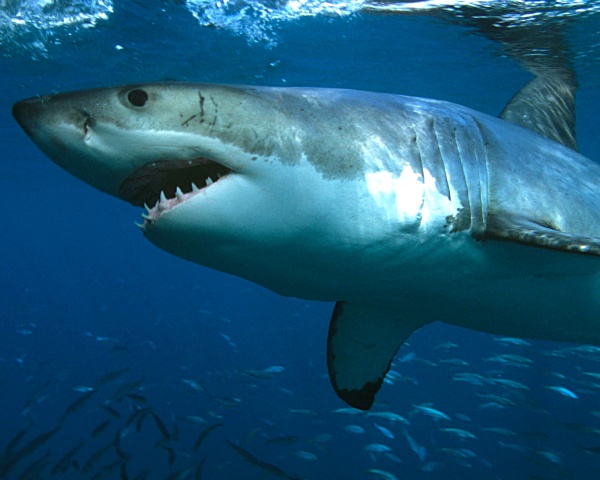
The great white shark has several rows of razor-sharp teeth
The great white shark is one of the fastest and most enduring of all sharks, even in the coldest waters, thanks to its circulatory system, which keeps its body temperature warmer than the temperature of the water in which it swims.
The great white shark has several rows of razor-sharp teeth. When a tooth breaks off, it is immediately replaced by a new tooth from the row behind. The great white shark averages 10 to 16 feet in length, but can reach a maximum of 23 feet.
Geographic range
The great white shark is found in all the world's oceans except the polar oceans.
Great white sharks undertake significant seasonal migrations, sometimes traveling thousands of miles across the oceans. These movements are generally driven by food availability and reproductive conditions. Depending on the season, great white sharks frequent specific areas, which allows researchers to predict their appearances.
Some individuals leave the coastal waters of California and Mexico in winter for the warmer waters around Hawaii to reproduce and maintain their body temperature.
Habitat
The great white shark is found from the surface down to a depth of 4,265 feet, but it is particularly fond of shallow coastal areas.
The great white shark is a solitary shark, but it is sometimes possible to encounter it in couples.
Diet
The great white shark feeds on small fish, tuna, marine mammals such as dolphins, seals and sea lions, sea turtles and sea birds. The great white shark is so powerful and fast that it will sometimes leap out of the water to catch its prey.
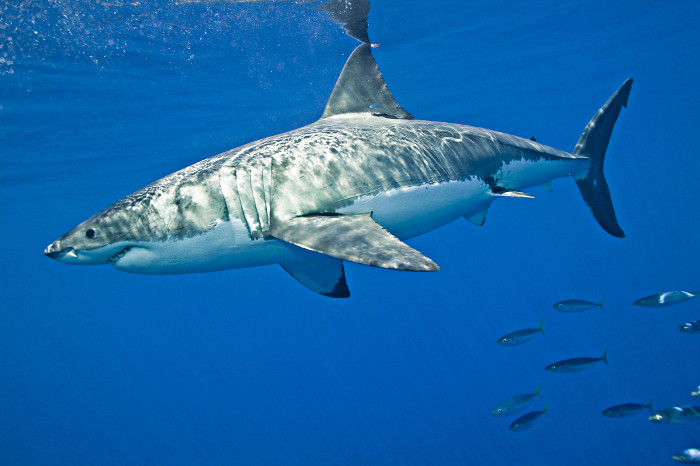
The great white shark is a solitary shark, but it is sometimes possible to encounter it in couples
Reproduction
Great white shark reproduction is still poorly understood. The great white shark is ovoviviparous.
Did you know ?
Beware ! Seen from the surface, the great white shark's back can blend in with the seabed !
The great white shark has exceptional hearing: it can hear one of its prey from over 900 meters away.
Distinctive markings
Each great white shark can be identified by its unique markings, a mix of white and gray patches distributed across its flanks, fins, gills and tail. These patterns serve as natural fingerprints, further distinguished by scars accumulated from hunting and mating.
Celebrities
The largest great white shark ever observed is a female nicknamed « Deep Blue », measuring over 20 feet long and weighing more than 5,000 lbs. First discovered in 1999, she became famous after a 2013 video showing her off the coast of Guadalupe Island, Mexico, went viral on social media. She fascinates scientists and the public alike with her estimated age of over 50 years, her exceptional size and her distinctive markings.
« Contender », a male great white shark over 14 feet long and weighing around 1,650 lbs, is one of the largest specimens in the Atlantic ocean. About 30 years old, he mainly hunts seals in the Gulf of St. Lawrence before winter, while remaining harmless to humans. Since January 2025, he has been tracked with a scientific tag, helping researchers better understand his movements and his crucial role in the marine ecosystem.
The great white shark is listed as many other marine species within The IUCN Red List of threatened species. The great white shark appears in the IUCN Red List since 2022 within the category Vulnerable !
Tips for observing
Although it sits at the top of the food chain, the great white shark is considered an endangered species. Overfishing, finning and habitat destruction have drastically reduced its population over the past decades. Although feared by humans, this predator plays a crucial role in maintaining the balance of marine ecosystems, regulating populations of seals and other prey. Scientific monitoring and protection programs are now in place to ensure its conservation and to better understand its behavior.
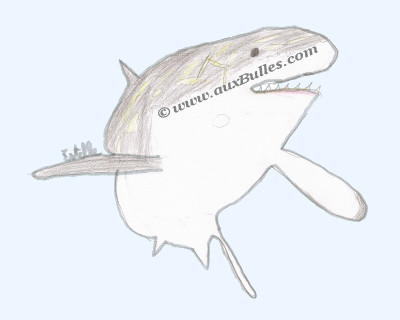
The great white shark drawn by Estelle
Within the same family

Basking Shark
(Cetorhinus maximus)
(Cetorhinus maximus)
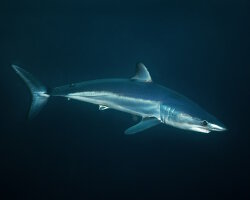
Longfin mako
(Isurus paucus)
(Isurus paucus)
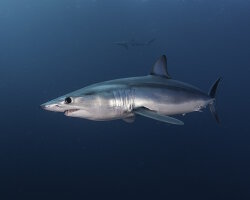
Short fin mako
(Isurus oxyrinchus)
(Isurus oxyrinchus)
Discover also
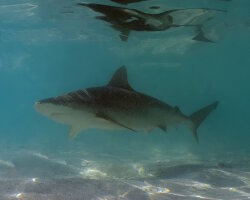
Blacknose shark
(Carcharhinus acronotus)
(Carcharhinus acronotus)
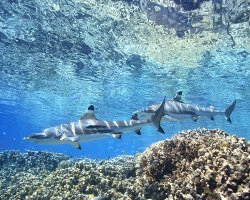
Blacktip reef shark
(Carcharhinus melanopterus)
(Carcharhinus melanopterus)
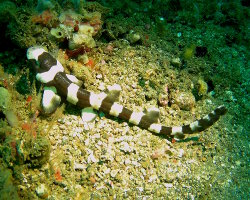
Brownbanded bamboo shark
(Chiloscyllium punctatum)
(Chiloscyllium punctatum)
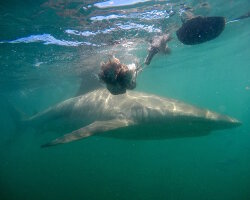
Copper shark
(Carcharhinus brachyurus)
(Carcharhinus brachyurus)
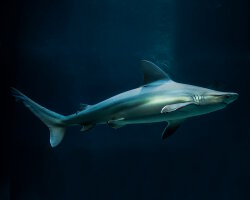
Sandbar shark
(Carcharhinus plumbeus)
(Carcharhinus plumbeus)

Scalloped hammerhead
(Sphyrna lewini)
(Sphyrna lewini)
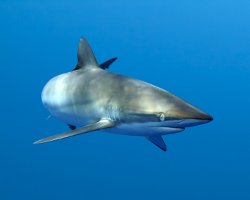
Silky Shark
(Carcharhinus falciformis)
(Carcharhinus falciformis)
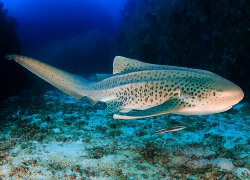
Zebra shark
(Stegostoma fasciatum)
(Stegostoma fasciatum)
Our latestUpdates

Friday, December 19th 2025
The magic of Christmas decorations
Discover Christmas decorations in Florida: giant trees, illuminated palm trees, magical light displays and tropical settings to experience the holiday magic under the sun.
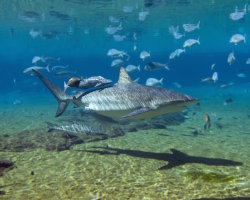
Monday, December 15th 2025
The dusky shark
Discover the dusky shark, one of the world's largest coastal sharks, and learn why this powerful predator is essential to marine ecosystems.

Friday, December 12th 2025
Christmas magic at Disney hotels
Experience the magic of Christmas at Disney hotels: enchanting decorations, giant Christmas trees, dazzling lights and a festive holiday atmosphere.
Photo of the Day
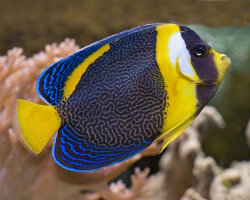
Poisson ange australien
(Chaetodontoplus duboulayi)
(Chaetodontoplus duboulayi)
